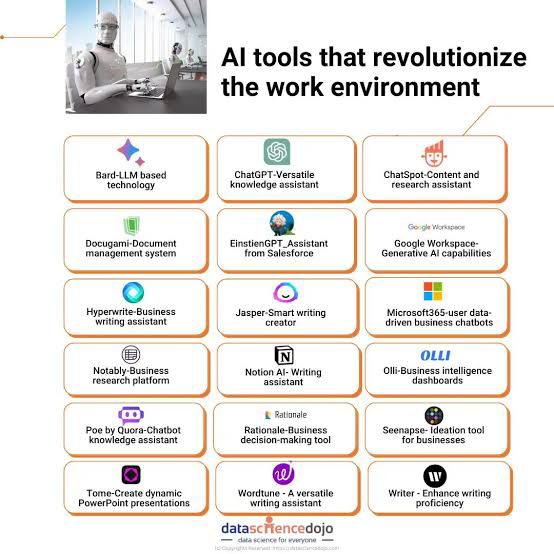How to Use AI Tools: A Beginner’s Guide
Artificial Intelligence (AI) has revolutionized various fields, from healthcare to finance, and it continues to shape our daily lives. In this article, we’ll explore how you can leverage AI tools effectively. Whether you’re a student, professional, or hobbyist, understanding AI tools can enhance your productivity and problem-solving capabilities.
1. Understanding AI Tools
Before diving into specific tools, let’s grasp the basics of AI. AI refers to the development of computer systems that can perform tasks that typically require human intelligence. These tasks include natural language processing, image recognition, decision-making, and more.
2. Types of AI Tools
a. Machine Learning (ML)
ML algorithms learn from data and improve their performance over time. Here are some popular ML tools:
Scikit-Learn: A Python library for ML tasks, including regression, classification, and clustering.
TensorFlow and PyTorch: Widely used deep learning frameworks for neural networks.
b. Natural Language Processing (NLP)
NLP tools process and understand human language. Examples include:
NLTK (Natural Language Toolkit): A Python library for NLP tasks like text classification and sentiment analysis.
spaCy: Another Python library for NLP, known for its speed and accuracy.
c. Computer Vision
Computer vision tools analyze and interpret visual data. Key tools include:
OpenCV: An open-source library for image processing, object detection, and facial recognition.
YOLO (You Only Look Once): A real-time object detection framework.
3. Practical Use Cases
a. Chatbots
Build chatbots using NLP tools to automate customer support or answer FAQs.
b. Image Recognition
Use computer vision tools to identify objects, faces, or anomalies in images.
c. Recommendation Systems
Leverage ML algorithms to recommend products, movies, or music based on user preferences.
4. Getting Started
a. Learn Python
Most AI tools are Python-based. Familiarize yourself with Python and libraries like NumPy, Pandas, and Matplotlib.
b. Online Courses and Tutorials
Explore platforms like Coursera, edX, and Udacity for AI courses. Learn about ML, NLP, and computer vision.
c. Hands-On Projects
Apply what you’ve learned by working on small projects. For instance:
Create a sentiment analysis tool using NLTK.
Build a basic recommendation system.
5. Ethical Considerations
Remember that AI tools can have biases. Be aware of ethical implications and strive for fairness.
Conclusion
AI tools are powerful allies, but they require continuous learning and responsible usage. Dive in, experiment, and contribute to the exciting world of AI! 🤖🚀









No comments:
Post a Comment